Sustainable Gardening
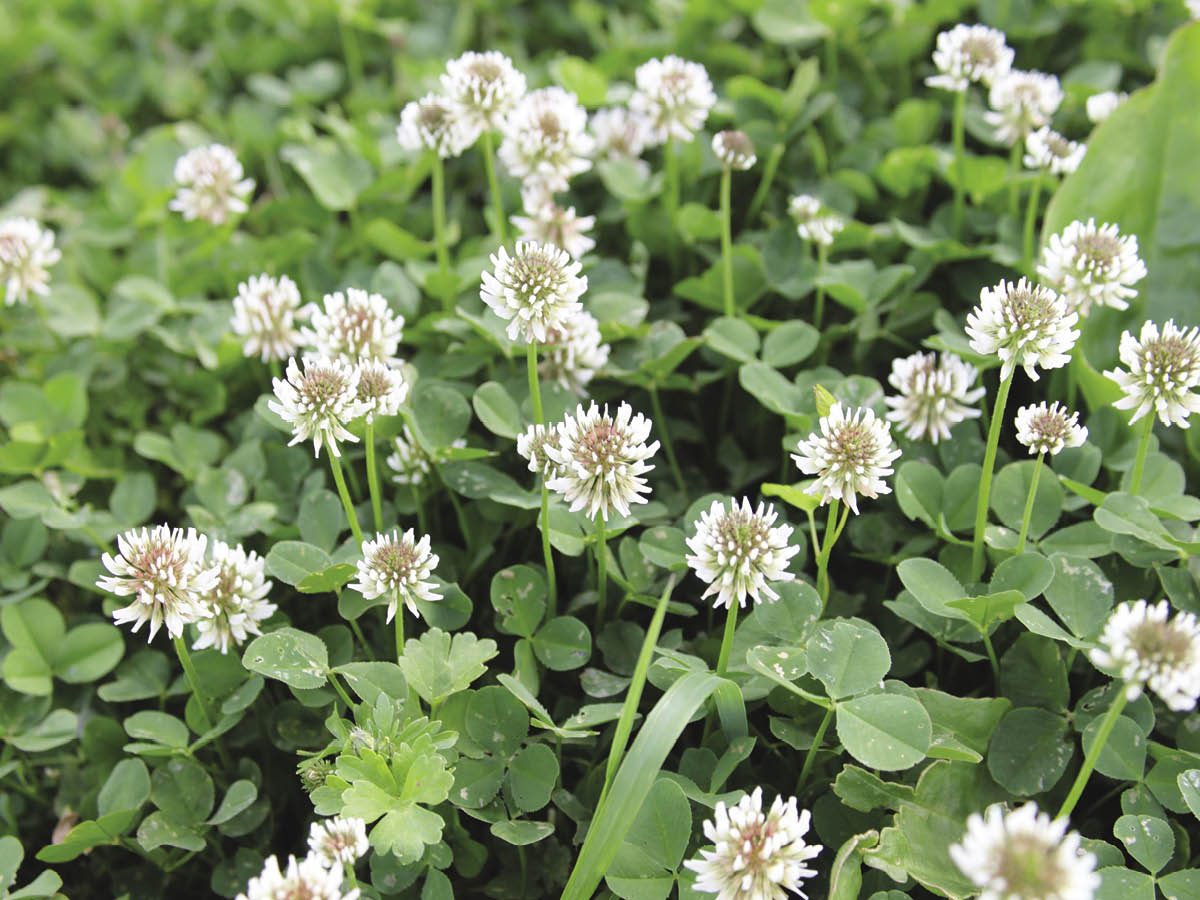
Photo: Pixabay
Are you thinking about making changes to your yard? Are you tired of spending money and time on your lawn, but not sure what your options are or even how to begin? You might want to consider creating a sustainable garden.
A conventional yard has a large expanse of turf grass (lawn) that is costly to maintain. The City of Calgary estimates that 30% of your annual water bill is spent on watering your yard. In addition, you spend time fertilizing and mowing your lawn. Pollinators such as butterflies, moths, and native bees, are declining in numbers, yet they play an extremely important part in maintaining a healthy ecosystem. What if you were able to create a garden that conserved water, was low maintenance, supported pollinators, looked beautiful, and saved you money?
A sustainable garden is one that reduces your environmental footprint, enhances the surrounding environment, and uses nature to help with your planning. A sustainable garden tries to protect, restore, and enhance the landscape by understanding how biotic (that is, organisms) and abiotic (wind, light, water) factors interact.
There are many types of sustainable gardens, including gardens that promote water efficiency (xeriscaping, rain gardens), wildlife (pollinator gardens), naturalization or native gardens, and permaculture (a garden that is self-sufficient).
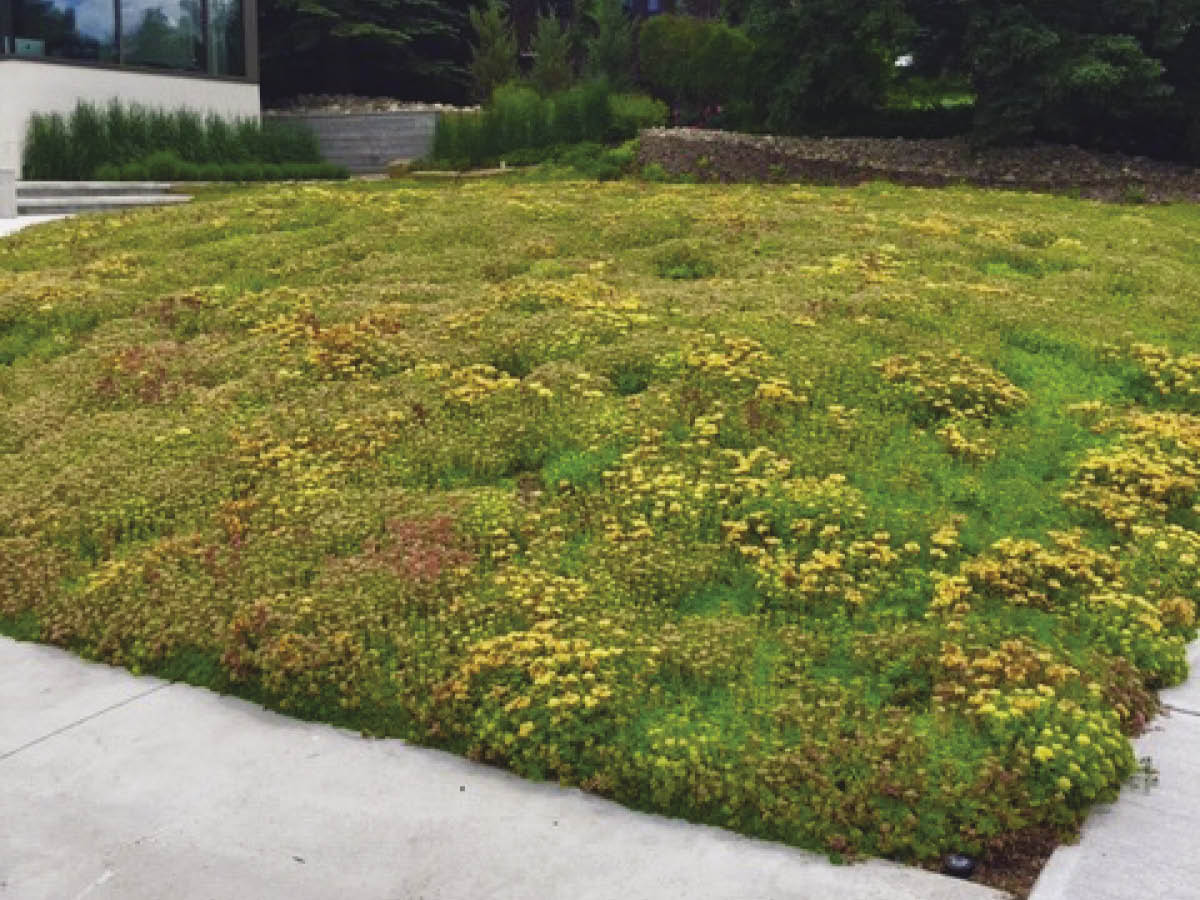
Photo: Barb Rypien
Rain Gardens
Rain gardens are designed to collect and hold stormwater run-off. They allow pollutants to settle and filter out as the water drains through the plants and soil. Run-off from your roof can be collected in a shallow depression that is filled with loose deep soil, and is large enough to collect the run-off from a heavy rain event. A rain garden should hold standing water for no more than 48 hours. This short period of time is not long enough for mosquitoes to lay eggs and hatch. Rain gardens can absorb 30% more moisture than lawns, which means you are lowering your water bill by reducing the need to use treated water for landscaping needs. In addition, rain gardens help protect against flooding and drainage issues on your property and provide habitat for a variety of wildlife. Additional ways to capture run-off from buildings include constructing landscape swales, wicking beds, or stormwater planters.
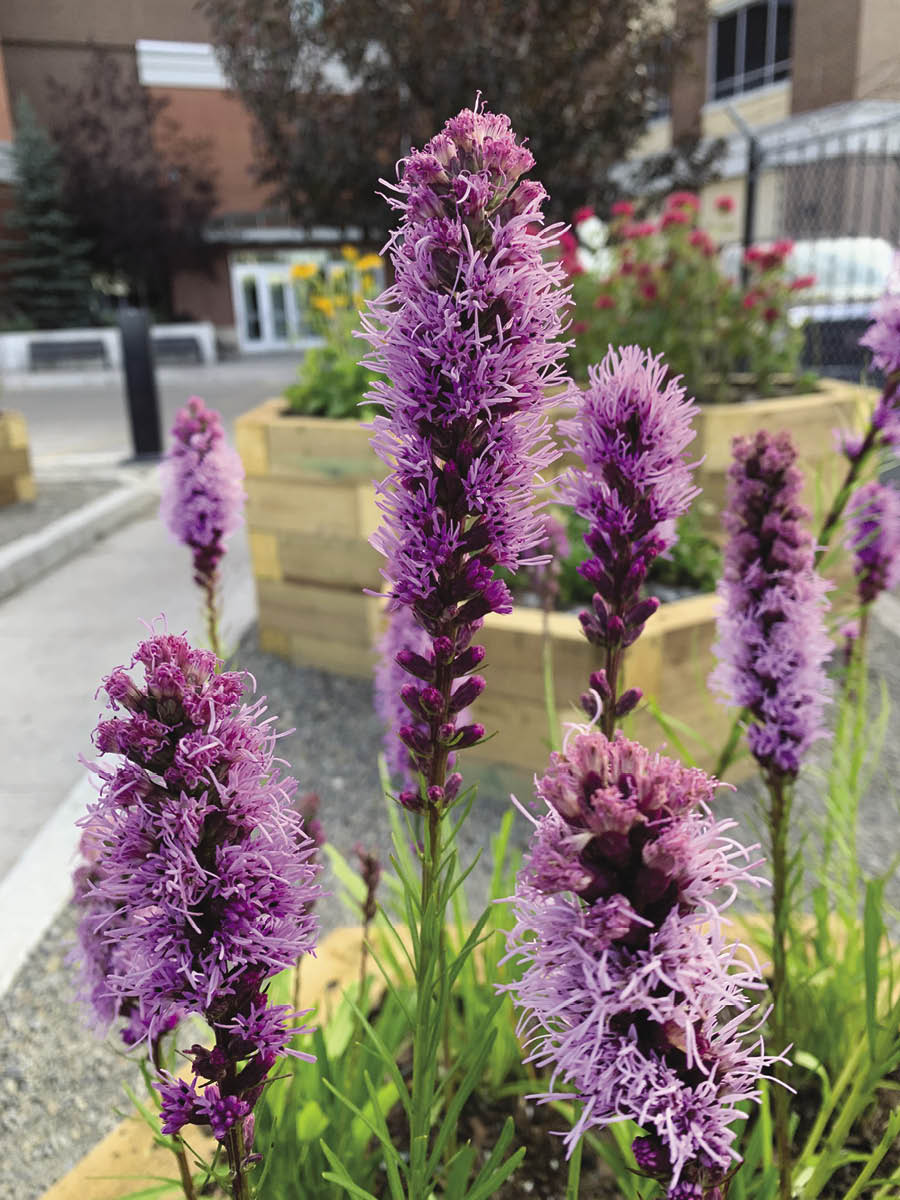
Photo: Deborah Maier
Native Gardens
A native garden does not necessarily mean that only native plants are used, rather, plants are used in such a way as to mimic a natural environment. The plants can be derived from native relatives, but are well adapted to the ecological conditions in our area. Some examples include perennials such as black-eyed Susan (Rudbeckia hirta), blazing star (Liatris spp.), prairie coneflowers (Ratibida columnifera), and grasses such as blue grama (Bouteloua gracilis), tufted hair grass (Deschampsia cespitosa), and ‘Karl Foerster’ feather reed grass (Calamagrostis x acutiflora). The benefits of a native garden are low maintenance and low water use, and it is attractive to local wildlife, including birds and insects. For more information see Rain Gardens in Calgary on the City’s website.
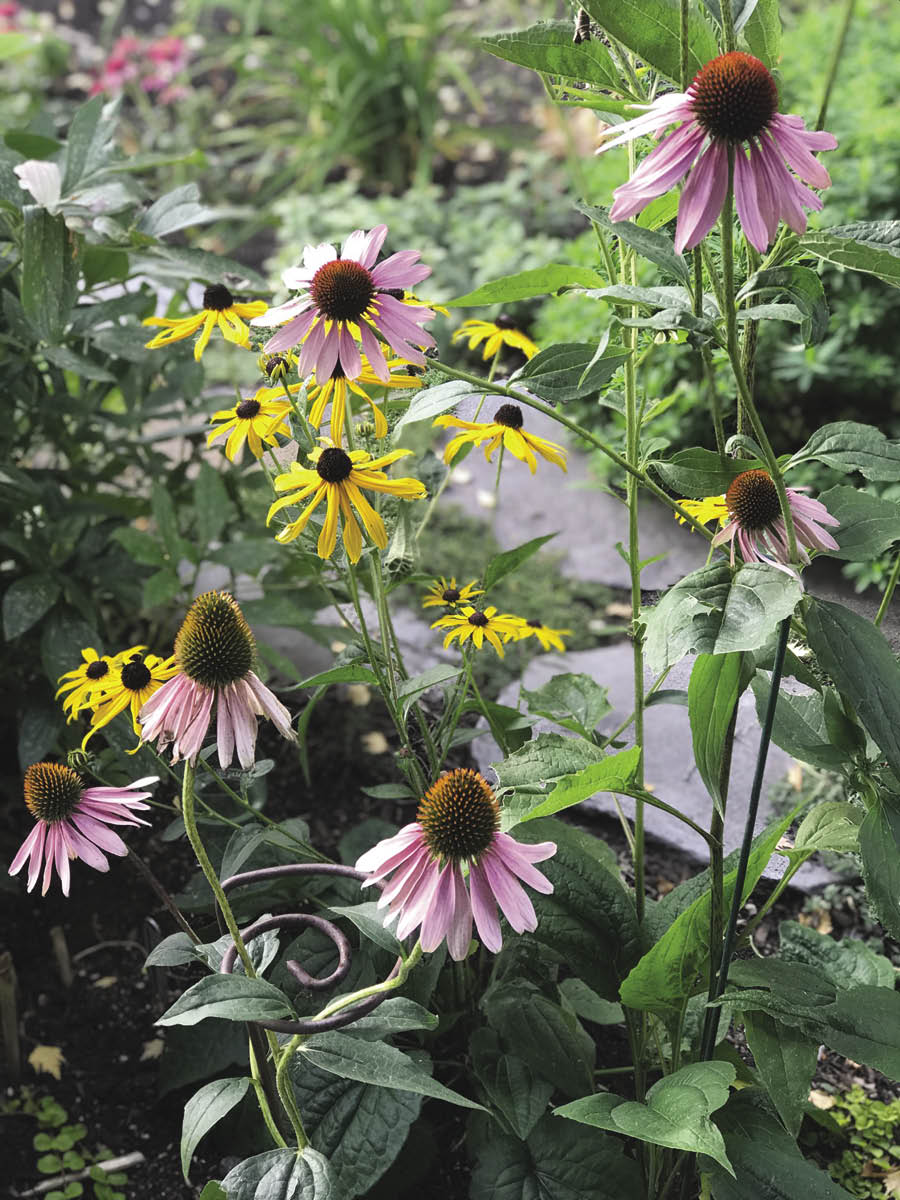
Photo: Jennifer Hamilton
Pollinator Gardens
The main source of human nutrition is crops that rely on pollination, yet the habitat (plants and shelters) required for pollinators is declining. A pollinator garden is an easy and beautiful way to improve the health of the ecosystem; it incorporates a variety of plants and shelters that appeal to pollinators such as bees, butterflies, moths, and hummingbirds. Some plants to include in your garden might be black-eyed Susan (Rudbeckia hirta), wild bergamot (Monarda fistulosa), speedwell (Veronica spicata), sunflowers, and cherry trees (Prunus cerasus).
In addition, consider removing your lawn and replacing it with a low-maintenance alternative to turf that attracts pollinators. (West Coast Seeds, among other companies, offers one.) Ideally, plant your pollinator garden in a sunny, sheltered location and provide some rocks or stumps for butterflies to land on. To encourage native bees to nest in your yard, leave some old wood or old, hollow, pithy stems in your garden.
These examples of sustainable gardens, illustrate how it is possible to conserve water, and provide food and habitat for pollinators, using plants that are adapted to the Calgary area. Sustainable gardening can result in beautiful gardens that save you time and money!
If you would like to learn more about gardening in Calgary, visit calhort.org.
Barb Rypien
Calgary Horticultural Society
